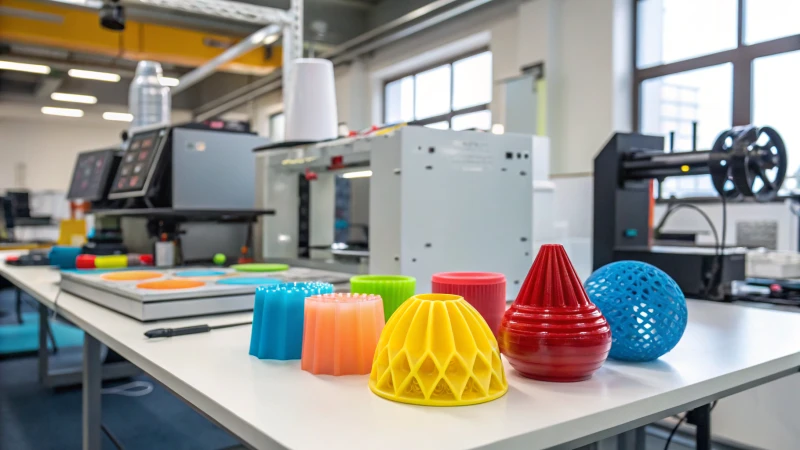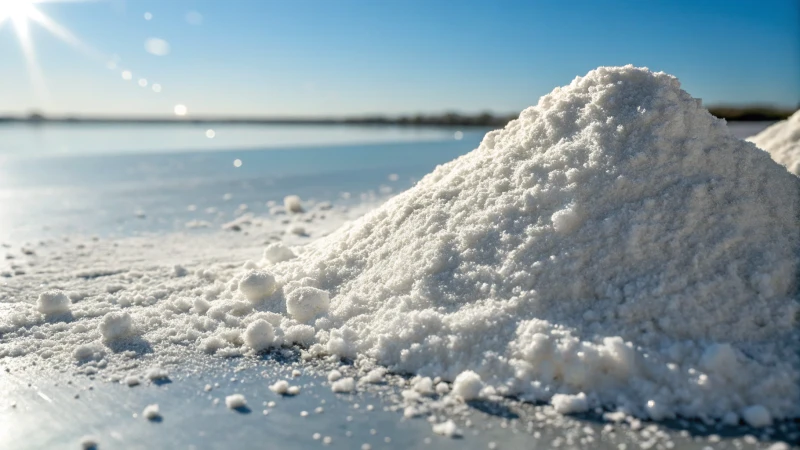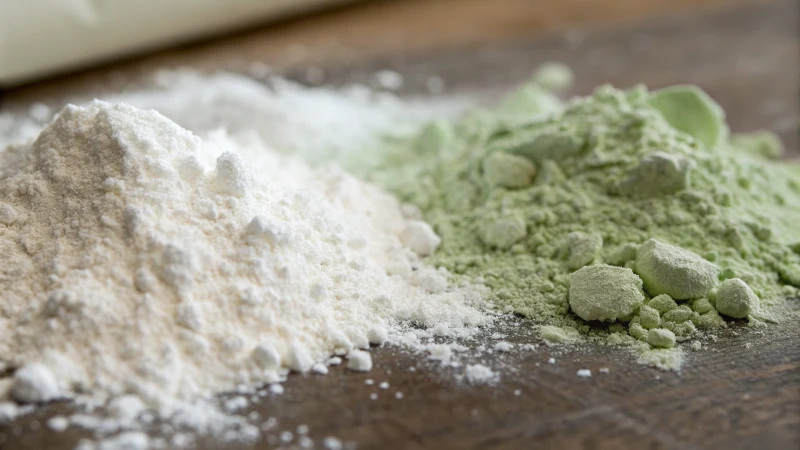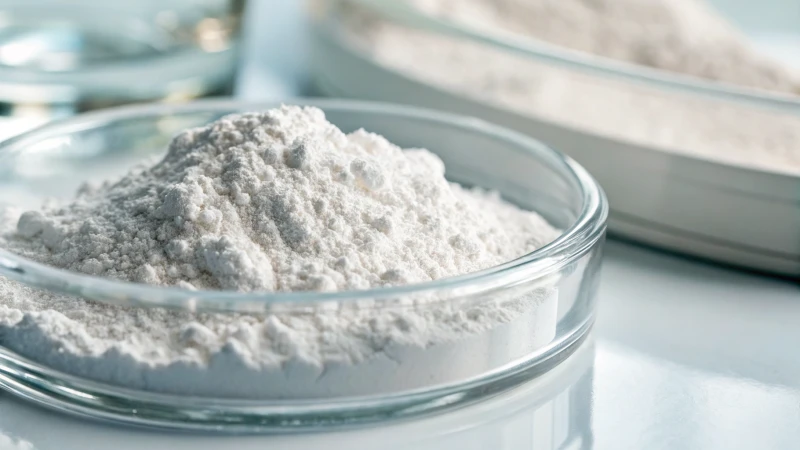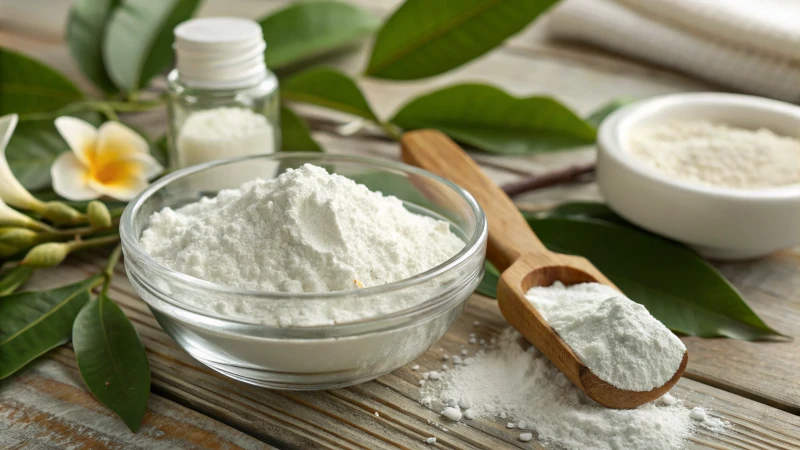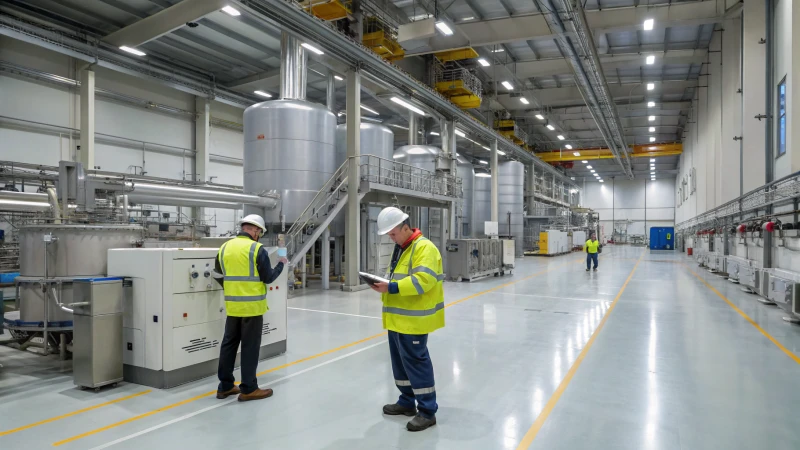
Selecting titanium dioxide from renowned manufacturers is crucial for ensuring product quality and performance. These suppliers maintain rigorous production standards, resulting in high purity levels that enhance optical properties and weather resistance. Comprehensive technical support further aids in achieving optimal results across applications. Although the initial costs may be higher, the long-term benefits include reduced rework expenses and improved cost efficiency due to better hiding power. Understanding the risks associated with low-cost alternatives—such as adulteration with fillers or inferior grades—is essential for maintaining product integrity. By prioritizing reputable suppliers, businesses can ensure reliable performance and avoid costly mistakes in their projects.

